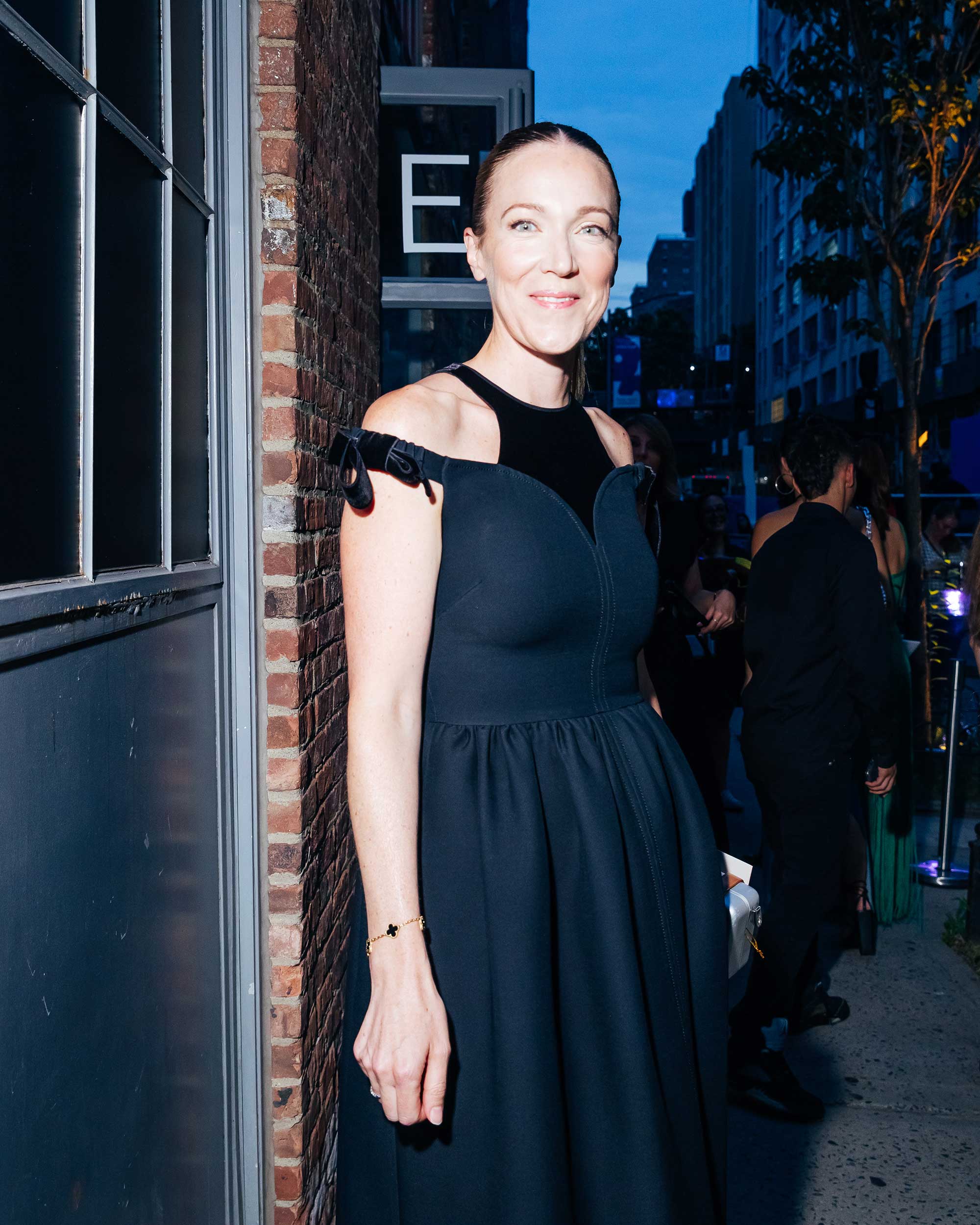
Following the Seit 1898 exhibition opening party in New York’s Chelsea Factory, the spirited senior vice president of product & marketing of Rimowa sat down with Editor-in-Chief Pakkee Tan to talk about the German luxury luggage brand’s stratospheric rise in the fashion industry and balancing its history with cultural relevance.
How did the Rimowa Seit 1898 exhibition come about? What was the starting point for it?
Emelie De Vitis (EDV): Well, first of all, it was Rimowa’s 125th birthday, which we felt really deserved the celebration. A lot of people might have discovered Rimowa with the LVMH acquisition, and I don’t think they realise just how old and how rich in heritage we are. The idea was to just show that we are a German brand. We feel that’s really a reason to be proud of: we’re very proud of our German engineering roots, the fact that we manufacture all our suitcases, and the fact that we’ve been doing so for 125 years.

So we kicked off this exhibition in Tokyo, because Japan is a very, very big market for us—it’s a market we’ve been present in for a long time. And we also wanted to take it to the US and capitalise on [New York] Fashion Week and throw a block party. I would say there were completely different atmospheres between Tokyo, which was much more about taking time to visit the exhibition and appreciate it much more in depth, and the opening party in New York—that was more about just having a giant party and cause for celebration.
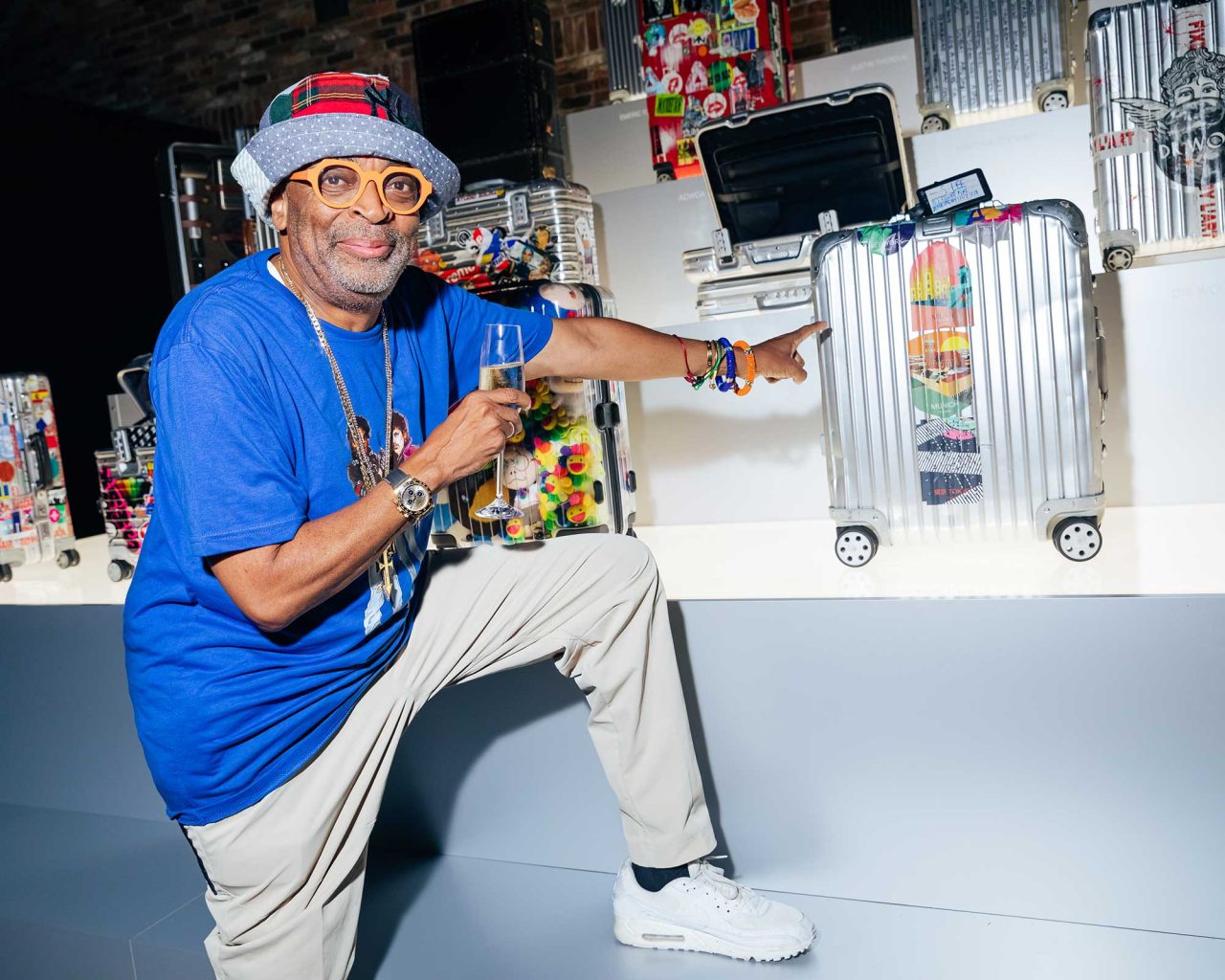
And what were some of the key areas of Rimowa’s history that you thought would be great to showcase to the public in the exhibition?
EDV: We wanted to show how intrinsically linked Rimowa is to the evolution of travel—we’ve always catered to our travellers’ needs. When aviation exploded in the ’50s, we introduced our aluminium suitcases, taking inspiration from the Junkers planes, because clients wanted very solid, durable suitcases. And then later on we realised that it was all about lightness and durability, so we introduced polycarbonate in 2000; we were the first brand to do this. We’ve also been introducing functional solutions, as you’ve seen from some of the archive pieces—from being able to carry guitars, keyboards, vinyls, 12 bottles, et cetera. It’s something people might not know, but we also develop cases that are very much functional for specific needs.
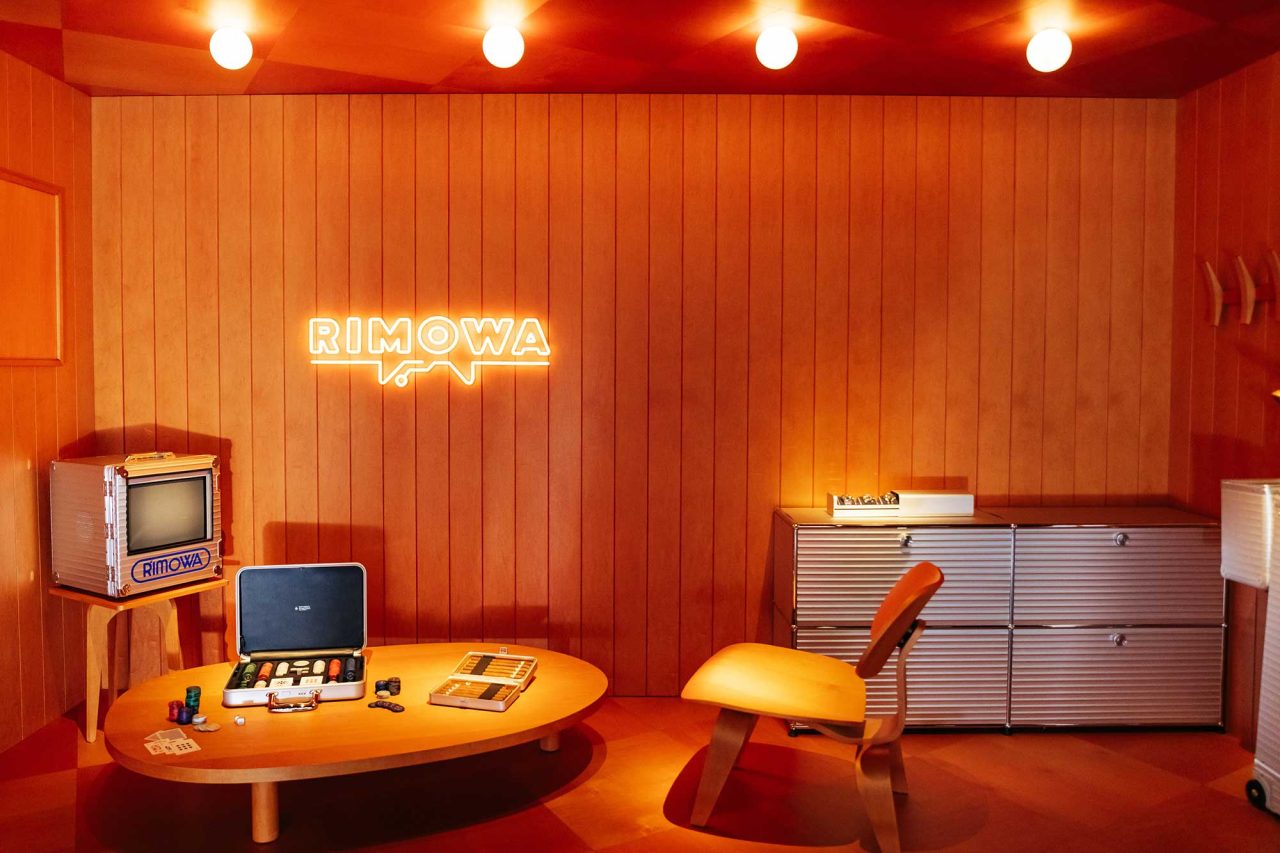
Another part that I think is very important is the emotional component. The fact that celebrities or privately owned cases have been lent to us is something that I find very interesting. A lot of those celebrities have lent us their cases with a clear “I’m getting it back by this date because I want to keep travelling with it” deadline. [Laughs] It’s something they feel proud of—they have an emotional bond with their suitcase. I was thinking about Martha Stewart’s suitcase, I don’t know if you saw, she writes [on her suitcase] with a marker, every trip she makes, with the dates. That’s her own way of adding a sticker.

I always like to play a game of “whose case belongs to whom”—you can pretty much work out the owner based on the look and feel of the suitcase. We have a lot of planning care centres around the world, so whenever we fix suitcases that are stickered and battered, the owners always tell the technicians, “Do not touch the stickers. Do not remove that dent or that scratch”, because it tells a story. Every dent tells a story—I really need to do a campaign with that. Personally, I would be devastated to lose my check-in suitcase, because it tells every journey I’ve been on.
Were there any interesting nuggets of history that you came across when the exhibition was conceptualised?
EDV: Yes, we keep finding new archive pieces. We have a team that whenever there are some sales, we go and buy them, and we discover new pieces. I was super impressed to see this huge cello case. I didn’t know we had this! It’s also pretty amazing to think we have our cases from the very first years of our history. I don’t know if you know, but the reason why we introduced the aluminium suitcase was because there was a fire at the factory, and the only thing that survived was aluminium. So I think there was also quite an opportunistic decision made there. But I love the diversity of solutions that we have, and hopefully that’s what you’ve witnessed with the exhibition.
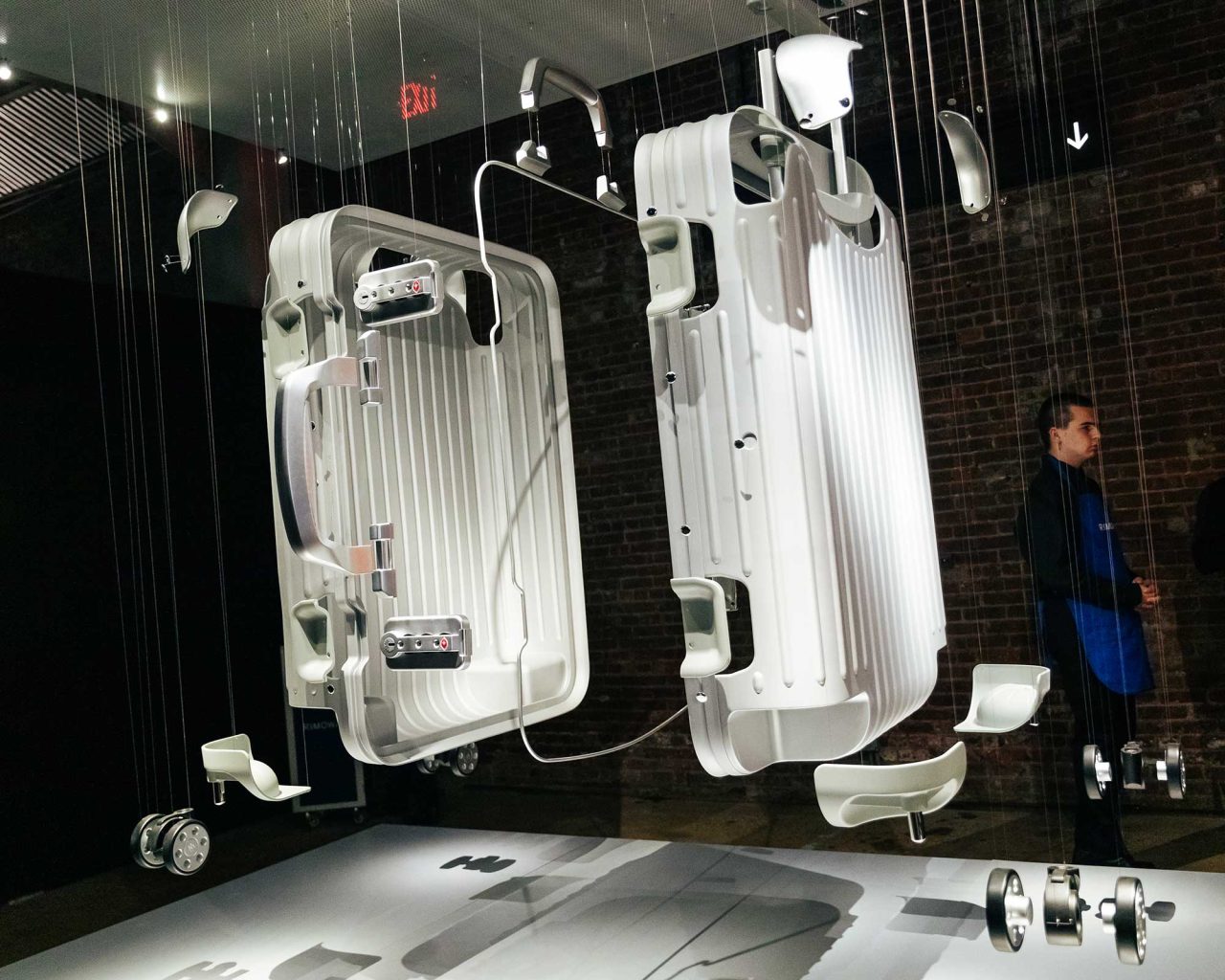
You’re seeing a resurgence in culture at large from all your big collaborations and appearances in shows like Emily in Paris. How do you feel the house is balancing its history and engineering with a need to be part of culture?
EVD: Very good question. That’s kind of my challenge, being in charge of the brand. It’s exactly that—it’s a balance. On one hand, we work with big ambassadors, we do big collabs, and that really helps drive awareness and drive the desirability of the brand. But on the other, our clients want to know what they’re buying, why they’re spending that much money, and that’s why we communicate about the German engineering, the complexity of making a suitcase. It doesn’t look that way, but it’s amazingly complex. It’s a balance of craftsmanship as well as very German heavy engineering, like you would have in an automobile, for instance. That’s why we balance a campaign like “No one builds a legacy by standing still” [NB: which featured celebrities like Rihanna, Lebron James, Roger Federer and Patti Smith], with a campaign like “Ingenieurskunst: The art of engineering”, where there was no celebrity—the focus was on the classic suitcase, and how making a suitcase is like a symphony, very complex, but beautifully engineered.

As for collabs, yes, sometimes we work with big brands, but we also work with very, very niche brands. For example, the collaboration with Gewa—it’s a German company that makes musical instrument cases—and we partnered with them because they are the best. We wanted our violin case to have the best interior to welcome some of the most precious violins—the one that Renaud Capuçon has is worth around €17 million!—and so that’s the kind of case we need to be able to produce, because we don’t want to damage that violin. So yeah, it’s really a balance between big awareness drivers and also communicating on our products’ excellence.
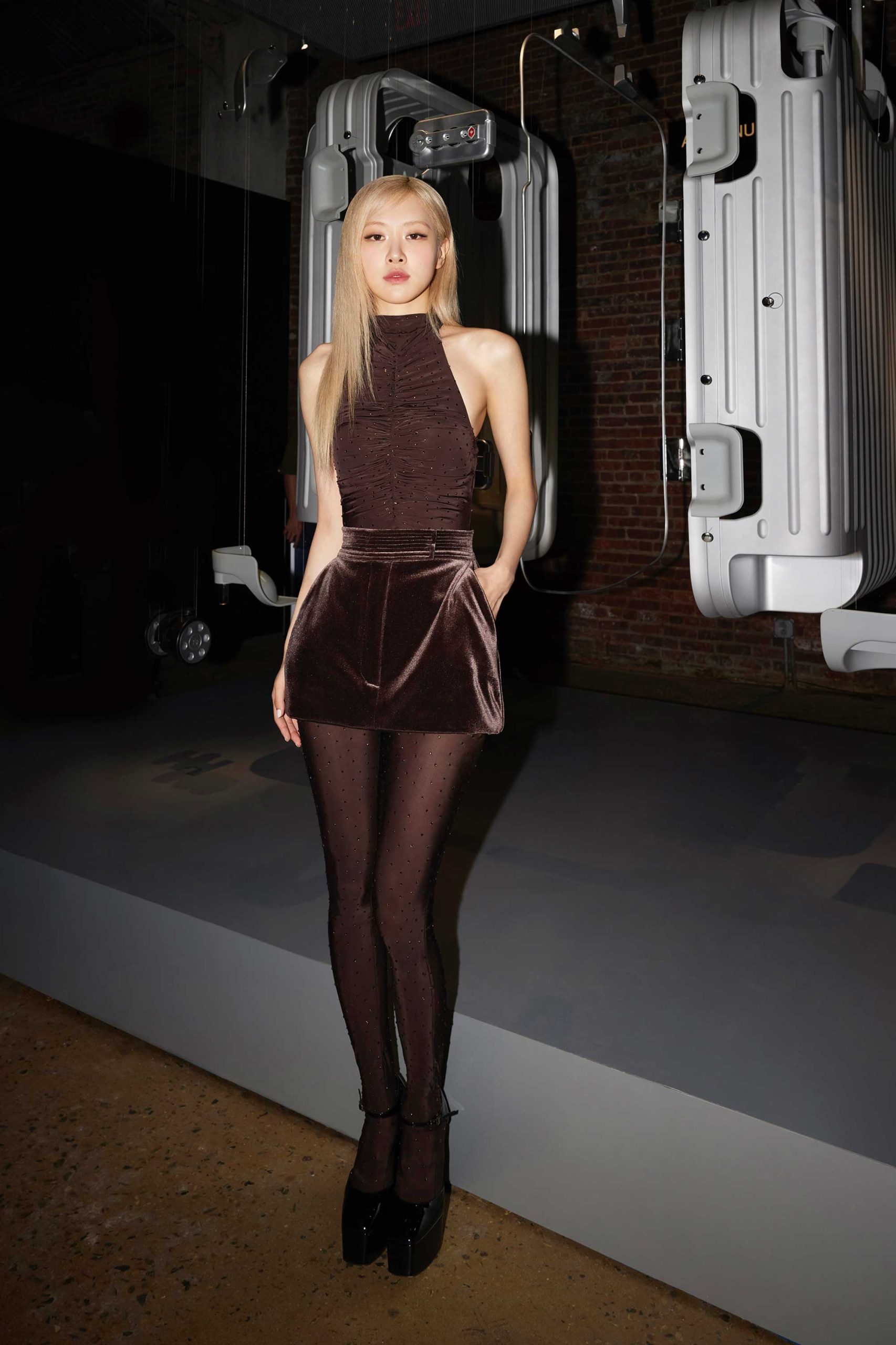
How do your new Never Still campaign icons—Blackpink’s Rosé, Sir Lewis Hamilton and Kylian Mbappé—play to this strategy of balancing your history with being cool and culturally relevant?
EDV: I think here at Rimowa, we partner up with ambassadors that are, first of all, authentic Rimowa users that really promote this notion of purposeful travel. If you’re gonna travel, it’s to enrich yourself; it’s to fight prejudice; it’s to enrich, to better yourself. And if I think about Kylian Mbappé or Lewis, they have amazing charities and they really see travel—as Mark Twain would say, travel is fatal to prejudice—as really a way to break barriers and that notion of progress. So we picked those ambassadors because we felt they had a lot of things to say, and we were proud to give them cartel blanche on how they wanted to portray their vision of travel. Hopefully you liked the campaign, but we feel it was beautiful. We feel very proud of it.
What do you think travel will look like in 125 years?
EDV: [Laughs] If I knew, I would be so rich! 125 years? Wow, that’s a really tough question.
Well, the second part of my question is: how do you think Rimowa will be a part of it?
EDV: I’m confident [Rimowa] will still be a part of it, because what we’ve always done is evolve our offering to the needs of our clients. And so I think Rimowa—because it puts so much investment in innovation; we’re opening an innovation and research and development test lab next year—I’m confident we will still be at the forefront of our client needs. But in 125 years, I’m not sure I have the answer. Do you know what it’s going to be like in 125 years?
Space travel.
That scares me.
I mean, people are going to the moon already, and Mars.
It’s taken a long time, yeah? If you think about it. Maybe you’re right. Maybe we’ll be taking our suitcase on the moon.
